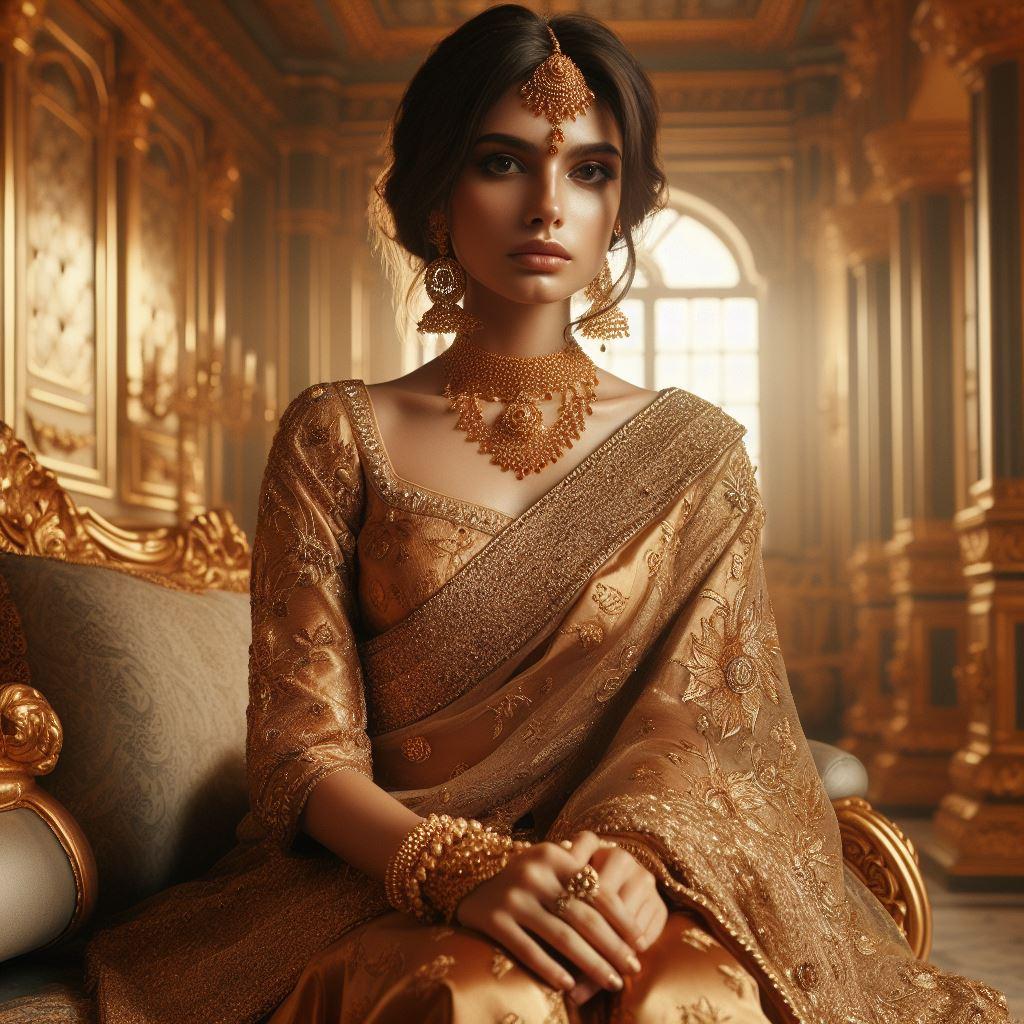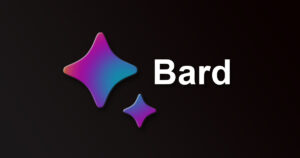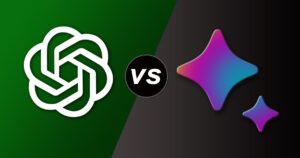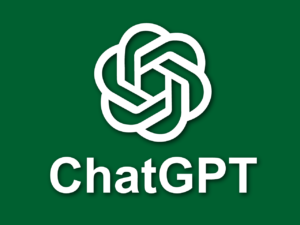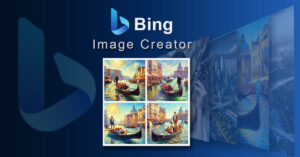Table of Contents
Do you want to know why some AI generated images are poor or even look ugly sometimes? Well, you are not the only one, that is curious about this or even dislìke it. but don’t worry because this article is for you and all you have to do is keep reading.
With the popularity of AI content generation, almost everyone with access to the internet, can easily generate digital images ( photos, illustrations, realistic portraits, paintings, comic drawings, etc) with a smartphone or PC. While it is now easy than ever to generate these images (either for free or through paid subscription) from mere text using AI tools like Midjourney, Stable Diffusion, Leonardo.AI, DALL-E, Copilot etc, it is not always easy to generate high quality images that meet your expectation.
Why AI Generates Ugly, Deformed Or Poor Images?
Generating images from simple text alone is not as easy as generating tips or text information from text-to-text AI chatbots like ChatGPT, Bard AI or Copilot.This is a bit tricky because your generated images are as good as your prompts (text descriptions). So, what exactly does this mean? It means that you have to be descriptive and detailed as much as you can. For example, if you want to generate a realistic portrait of a movie character, you have to specify the features of the character such as the appearance (eye colour, hair colour, complexion etc), gender, ethnicity (eg Japanese, African, Viking warrior), costume (white t-shirt, red leather jacket, royal regalia), mood and so on.
Other details such as the background scene, camera angle, full-body or half-body shot, and ambience are very important. Then the rendering style such as comic, digital art, photorealistic, 8k, HDR, unreal engine should be taken seriously. It is advisable to add negative prompt (if the AI platform has this feature) such as no ugly, deformity, extra finger, wrong posture etc to better your chances; even though the image generator may not always apply all keywords included in your prompt.
Other Factors that Also Affect Quality Of Generated AI Images
Apart from the quality of your prompt, there are other factors that can also affect the final result of your generated images and they include:
- The platform: This is important as some platform like Midjourney, Stable Diffusion or Leonardo.AI, DALL-E are capable of generating more accurate and realistic images than others.
- AI model used: each AI platform has several fine-tuned trained models, but some are better at specific type of image generation. For example if you want a photograph-like image, you are likely going to generate an better image if you select an IA model that is designed specifically for photography, instead of selecting none or anime.
- Style or effect: this is related to AI model used, but slightly different because they style acts a like special effect this and could be none, basic, cartoon, cyberpunk, anime, 3d, watercolour painting and so on.
- Plan: as with most AI apps, some advanced features are usually limited to premium subscribers. However, about 80 to 90 percent of your image final result have to do with how descriptive your prompt is. Note that you can still generate poor images even if you are a premium subscriber, if your prompts are less descriptive. With that said, let’s look at how you can generate better prompts to better your AI image outputs.
Something to note: it is not every AI image generation platform that has advanced customization options. Some have limited image control features, while others only make these features available for premium subscribers. Then, there are some platforms like Leonardo.AI, Copilot that are generous enough you make some of these control features available for free.
How to write good AI image prompts
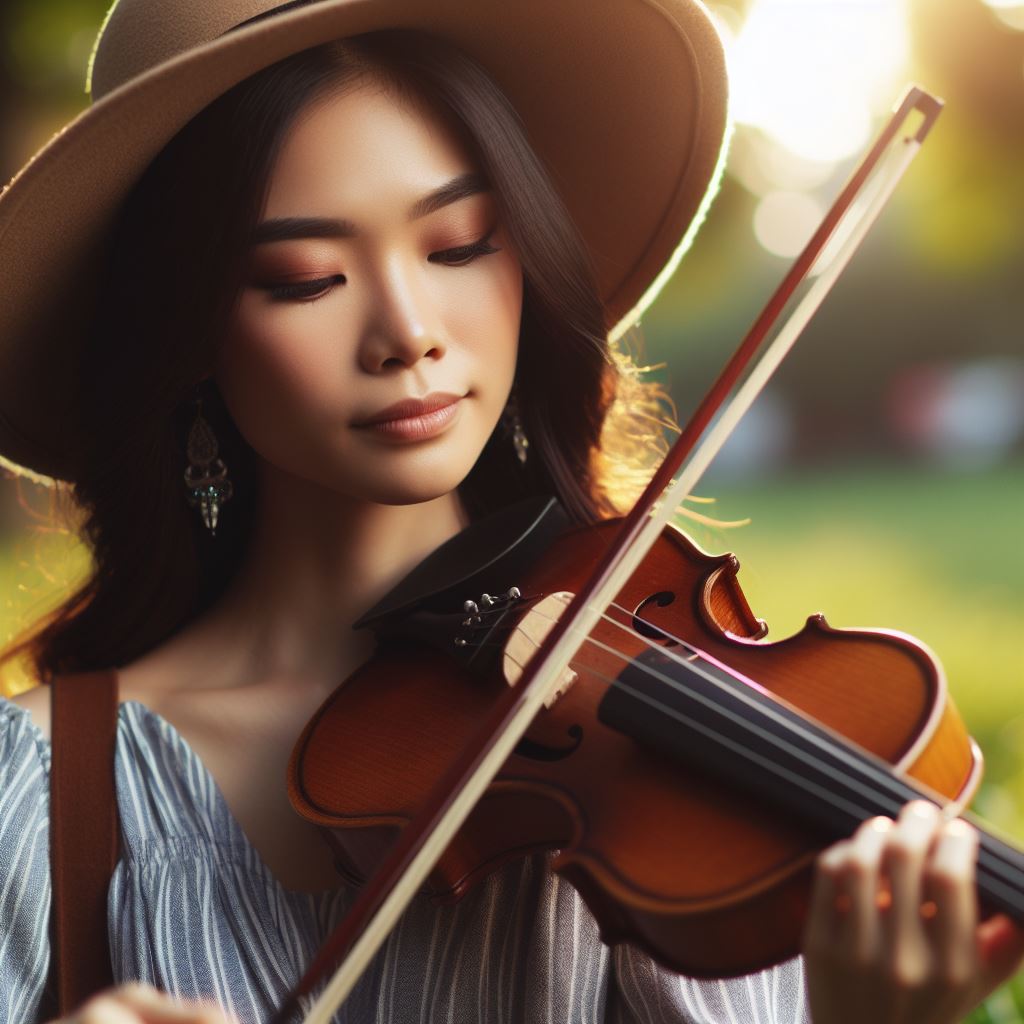
If you are a creative writer or a descriptive person, writing a good AI image prompt may not be a hassle. But unfortunately, not everyone can be very descriptive with text. However there are several ways you can generate high quality and descriptive prompts without being a creative writer.
- Generating Image Prompts With AI
- Using Online Prompt Generators
- Modifying Prompts From Existing Images
- Generating Prompts From Images
1. Generating Image Prompts With AI
You can easily generate high quality image prompts using AI tools like ChatGPT, Bard, Copilot etc. Now, how do you generate image prompts using these AI tools? Very simple! Just open the app ( either web or mobile) for example ChatGPT and ask the bot to generate image prompt. For example, you can type: generate an image prompt based on a young beautiful Indian princess and a couple of prompt would be generated within seconds. Then you can copy the one you like or even edit it to suit your preference.
2. Using Online Prompt Generators
Similar to using AI tools, you can also generate quality image prompts using dedicated prompt generators like Gravity Write, PromptFolder, Hugging Face, Promptomania, Promptmatic etc. You can choose anyone there’s no going wrong. All you need to do is to try them out and use the one you prefer. Personally, I prefer Gravity Write.
3. Modifying Prompts From Existing Images
Another way to generate better image prompts is to modify existing prompts that are similar to what you want to generate. All AI image generator platforms have gallery of curated images generated by other users. All you need to do is to explore the gallery and click on the image that matches or at least similar to what you want to generate. Then under the image, you will find the prompt that generated the image. Copy and modify it to suit your case. It’s as simple as that. For instance, if you find a female image that is very close to what you want, but you want a male, all you need to do is to change the gender keyword to male. And if the style is comic, but you want a realistic picture, then change comic to photorealistic.
4. Generating Prompts From Images
You can also generate a prompt from existing image. The AI will just apply reverse engineering by converting the image to text just like converting text to image. This is usually common with models that convert image-to-image. Instead of generating an image from text, you can also upload your own image (can even be your own photo). What the AI does is that, it creates a new image by using the uploaded image as a guide or reference. Hence, in the process, some AI may ask if you want to generate a prompt from the image or just generate a new image? Here, you can just select the option of prompt generation since that is what you are interested in. Once again, you can modify the prompt if necessary. Note that some platform don’t offer this feature for free or at all.
Conclusion
Like I mentioned earlier, the AI image you generate is as good as your description and to make sure that you get the best matching image prompts, you can try generating the same prompt using different approaches and tools to get better results.
Note: if you’re using Midjourney, it will be advisable to use online prompt generators as they can add additional Midjourney syntax and attributes.
